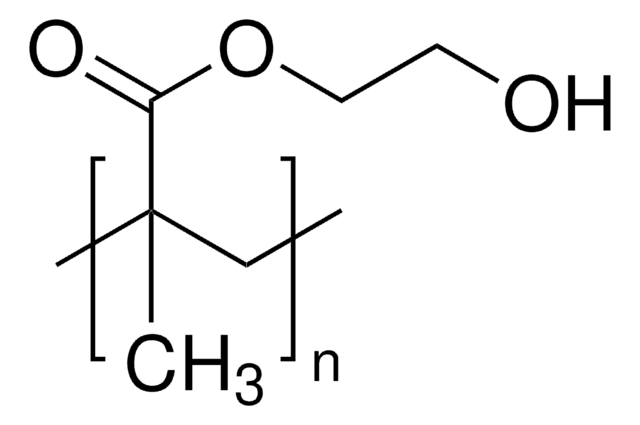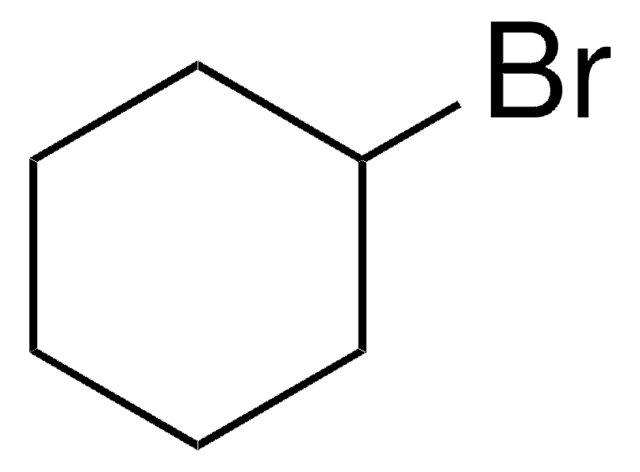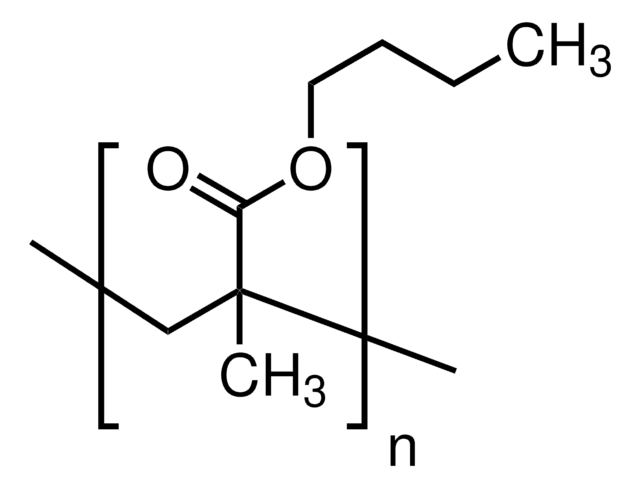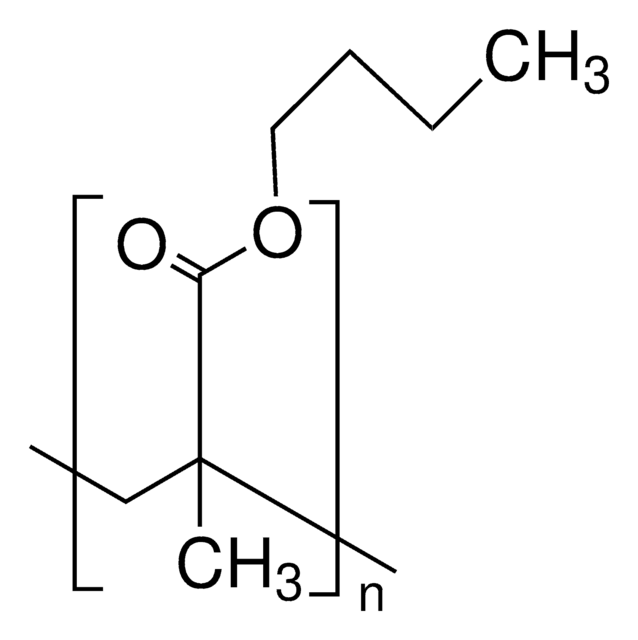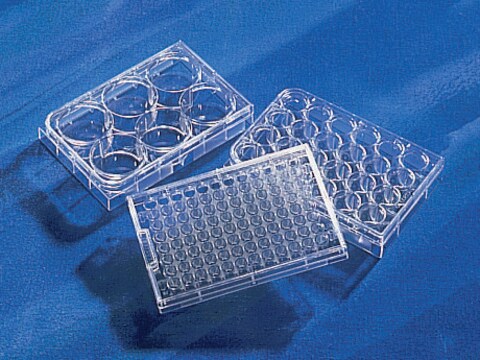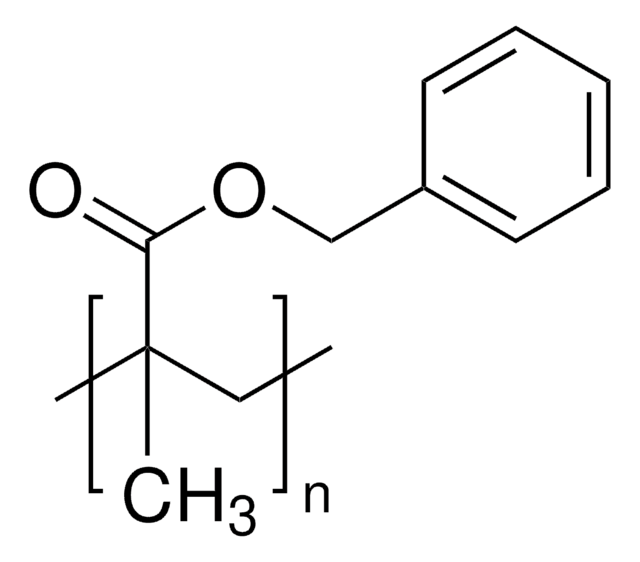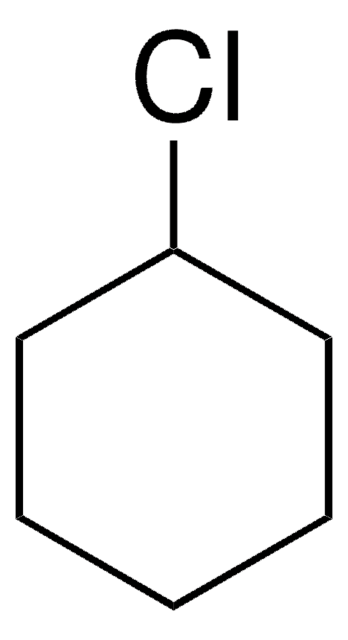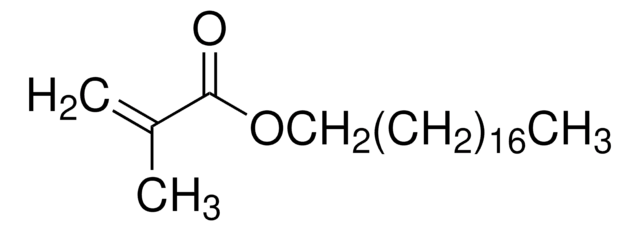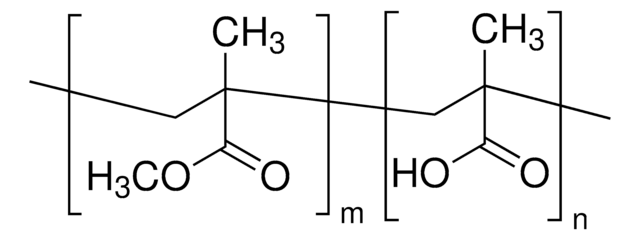182079
Poly(2-ethylhexyl methacrylate) solution
average Mw ~100,000 by GPC, in toluene
Sinónimos:
2-Ethylhexyl methacrylate homopolymer, Poly(ethylhexyl methacrylate)
About This Item
Productos recomendados
densidad de vapor
1.2 (37 °C, vs air)
formulario
liquid
mol peso
average Mw ~100,000 by GPC
concentración
in toluene
peso
Unit weight does not include weight of solvent.
temperatura de transición
Tg −10 °C
densidad
0.908 g/mL at 25 °C
cadena SMILES
CCCCC(CC)COC(=O)C(C)=C
InChI
1S/C12H22O2/c1-5-7-8-11(6-2)9-14-12(13)10(3)4/h11H,3,5-9H2,1-2,4H3
Clave InChI
WDQMWEYDKDCEHT-UHFFFAOYSA-N
Categorías relacionadas
Descripción general
Aplicación
Palabra de señalización
Danger
Frases de peligro
Consejos de prudencia
Clasificaciones de peligro
Aquatic Chronic 3 - Asp. Tox. 1 - Repr. 2 - Skin Irrit. 2 - STOT RE 2 - STOT SE 3
Órganos de actuación
Central nervous system
Código de clase de almacenamiento
3 - Flammable liquids
Clase de riesgo para el agua (WGK)
WGK 3
Punto de inflamabilidad (°F)
Not applicable
Punto de inflamabilidad (°C)
Not applicable
Elija entre una de las versiones más recientes:
¿Ya tiene este producto?
Encuentre la documentación para los productos que ha comprado recientemente en la Biblioteca de documentos.
Los clientes también vieron
Artículos
Self-assembled monolayers (SAMs) have attracted enormous interest for a wide variety of applications in micro- and nano-technology. In this article, we compare the benefits of three different classes of SAM systems (alkylthiolates on gold.
Nuestro equipo de científicos tiene experiencia en todas las áreas de investigación: Ciencias de la vida, Ciencia de los materiales, Síntesis química, Cromatografía, Analítica y muchas otras.
Póngase en contacto con el Servicio técnico